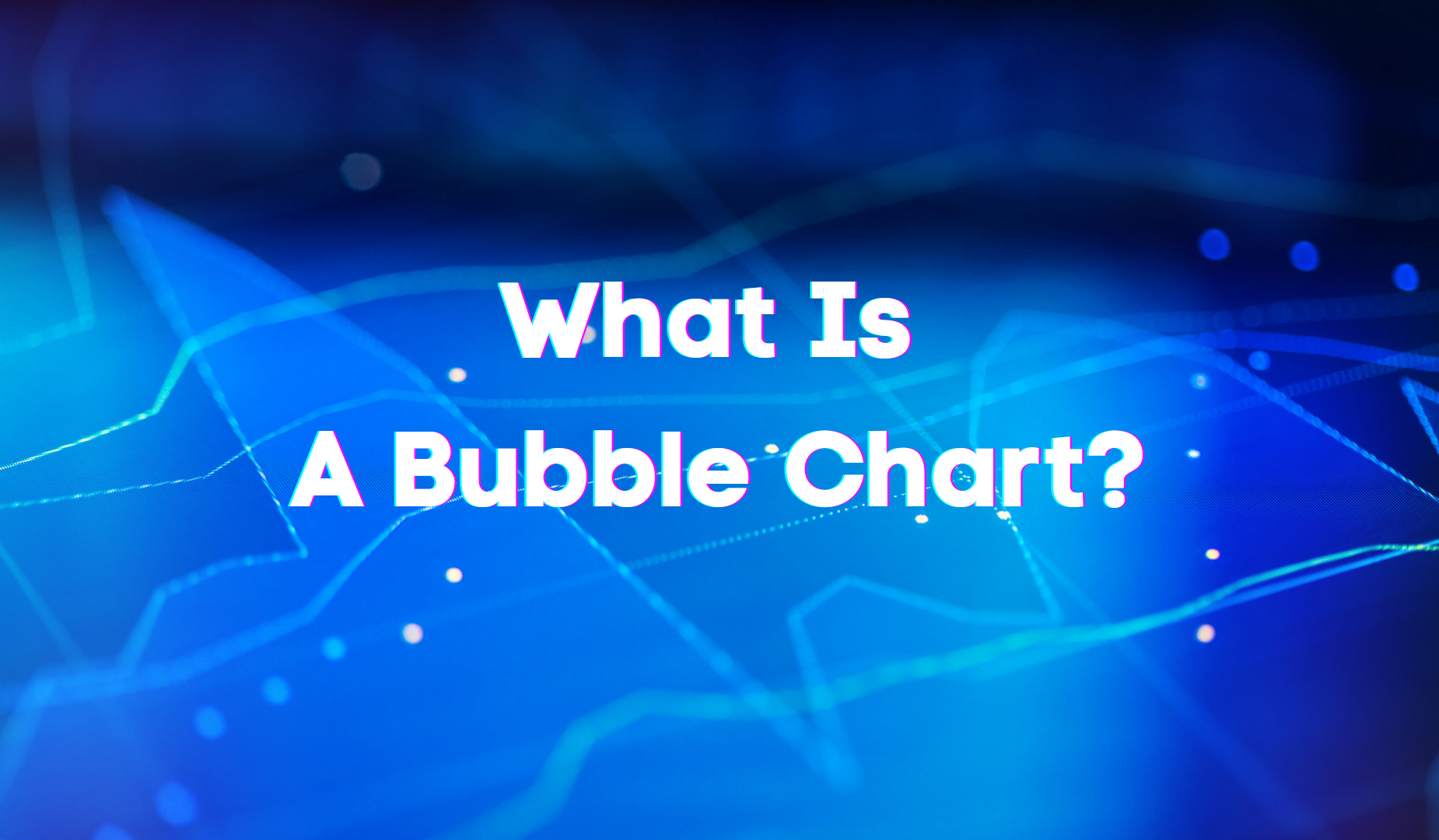While understanding your data sources and having management processes in place is crucial in the 21st century, it’s just as important to have techniques in place for greater data visualization. Displaying accurate charts and graphs can provide details regarding this information that may not have been seen before. However, it’s important to make the presentation of this data as simple to understand as possible. Among the types of displays that can show off these insights is the bubble chart.
What is a bubble chart?
The definition of a bubble chart, also known as a bubble plot or bubble graph, is a chart used to show the third dimension of data, providing richer information to viewers. A bubble chart is a relational chart designed to compare three variables. Unlike other three-dimensional charts that process and represent data across three axes (x,y, and z), bubble charts are represented on two axes (x and y), with the size of the bubble communicating the third, vital piece of information.
While it may seem more convenient to turn to a standard line graph to display a series of data, bubble plots allow for a more in-depth explanation. For example, a line graph could show monthly sales for a retailer, but a bubble graph can show sales in relation to the value of the products being sold and the cost to manufacture those goods. Bubble charts are best for studying relationships but do not represent exact data. This requires a greater delve into the set of values to get the best assessment. However, bubble charts are a great means of alerting to trends.
Why is a bubble chart used?
A bubble chart is most useful to answering a binary question, simply a yes or no. This question could be whether three variables share a relationship or not, highlighting patterns and trends. For example, a country’s population could be large or small to begin with, but could grow faster with improved infrastructure. This scenario would show bubble size increasing over time as infrastructure, such as more health facilities, could show different parameters and their movement over time.
Bubble charts are also useful in a business context. In fact, a bubble plot is common in core financial processes like valuation and investments. For example, the cost of valuation can be studied against risk by using standard axes to represent cost and value, while the bubble size will represent risk assessment. The challenging aspect of the bubble chart is interpreting the pattern, so it’s important that when a series of bubbles are present in such displays that it is clarified by labeling, color, and size.
How do you read a bubble chart?
Bubble charts begin with plotting X and Y axes, with these variables chosen for a pre-existing relationship or to determine if a relationship does indeed exist between those chosen variables. The size of the bubble is used to represent the gravity of a parameter. For representing large sets of data that need to be broken down for insight, bubbles of different colors are used to mark differences.
Every bubble plot should serve to highlight certain elements within the diagram. If there are outliers within data sets, bubbles on a bubble chart should demonstrate that these numeric values are straying from others, providing vital information. Bubble charts warrant further investigation to understand if data is missing, so it’s important to understand the gaps that may be presented even with this third parameter. Clusters on a bubble chart overlap to show commonality, making a bubble display easier to read to get an idea of what the next steps to take may be to address a particular scenario.
